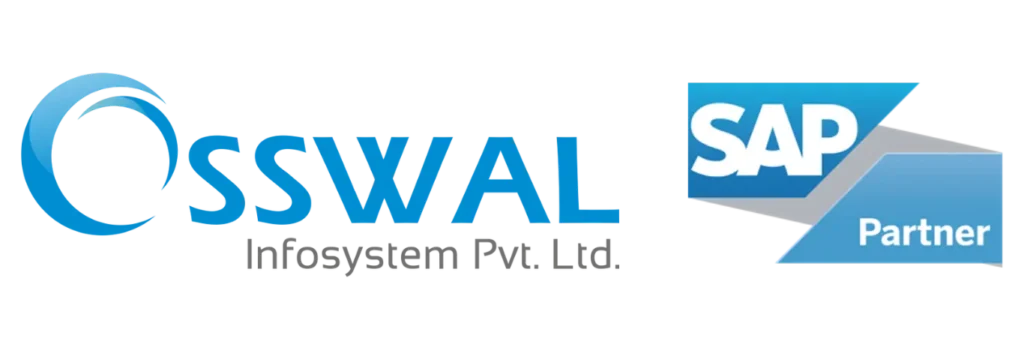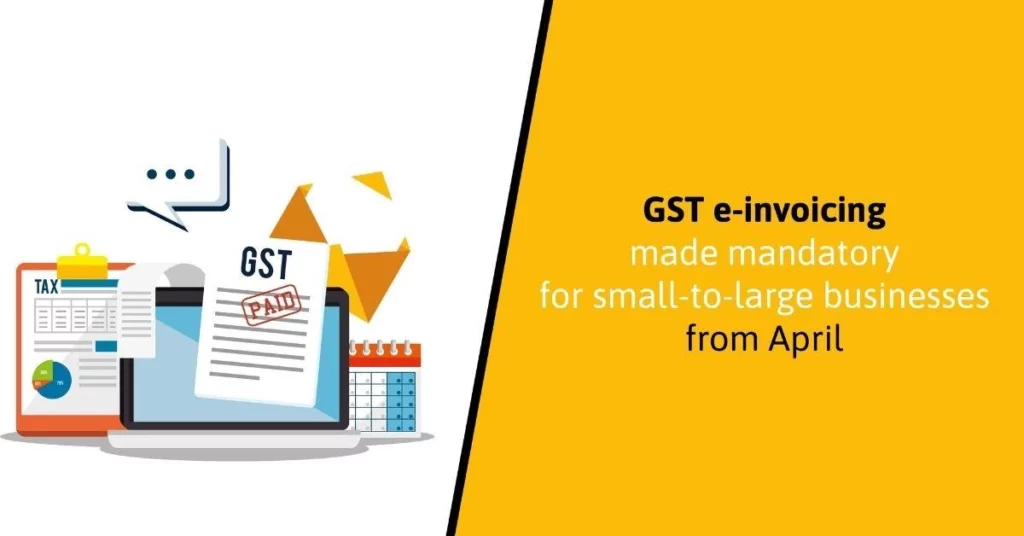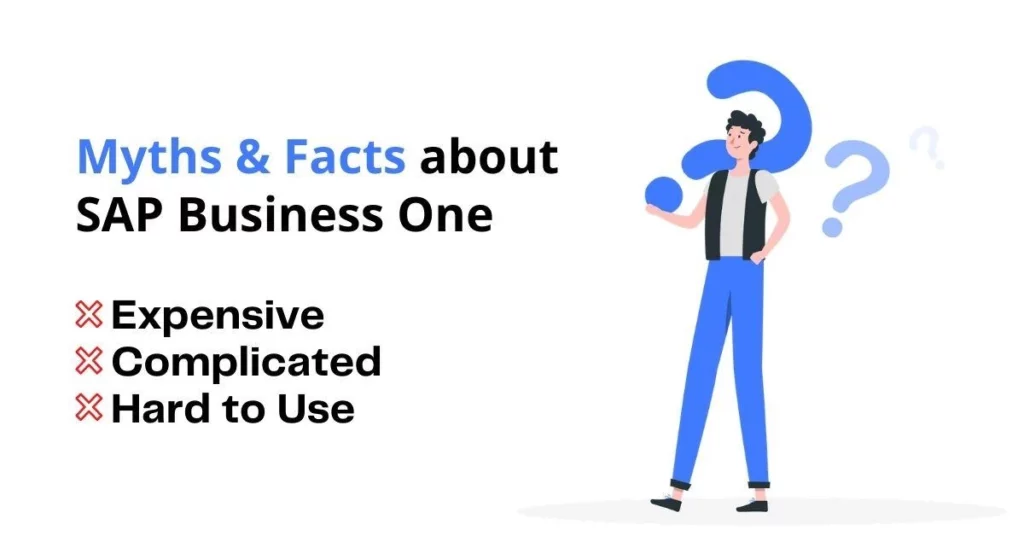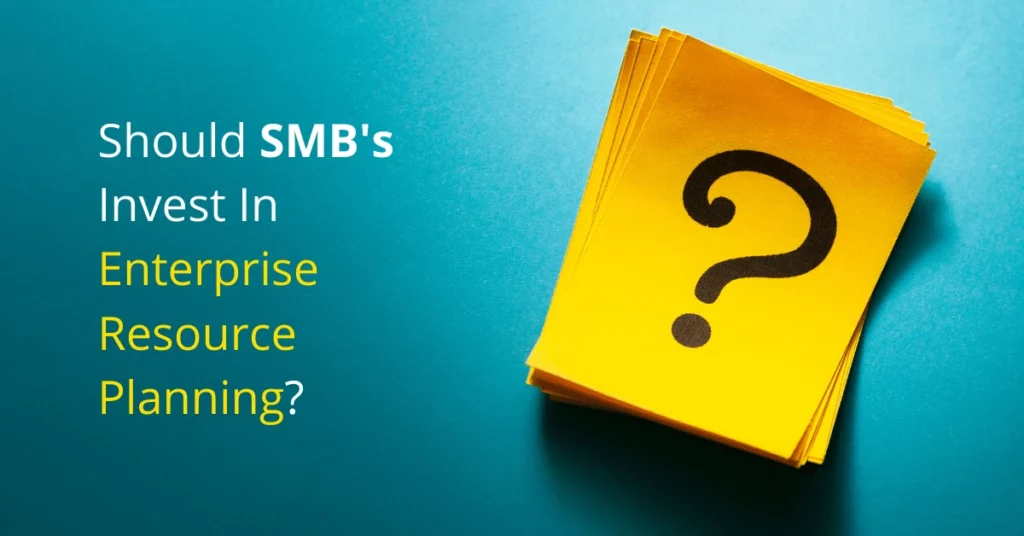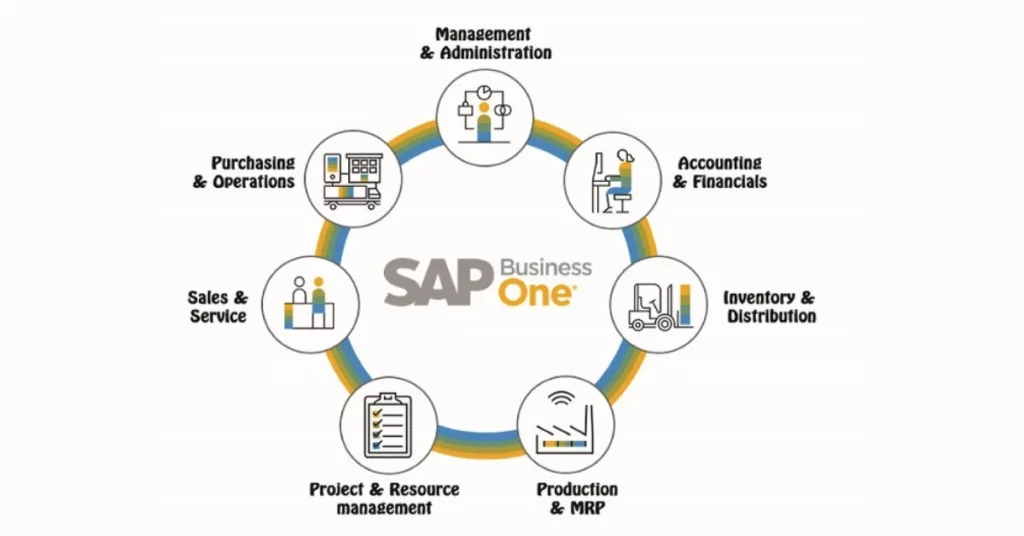E-invoicing is now available for B2B (Business to Business) and B2G (Business to Government) transactions, following the adoption of the game-changing GST Rule. E-invoicing is being rolled out in B2B transactions in the world’s largest economy, India, initially to tackle tax evasion. E-Invoicing? Electronic invoicing, also known as E-invoicing, is a method of processing and […]
What is E-Invoicing and Why Does It Matter in India? Read More »
